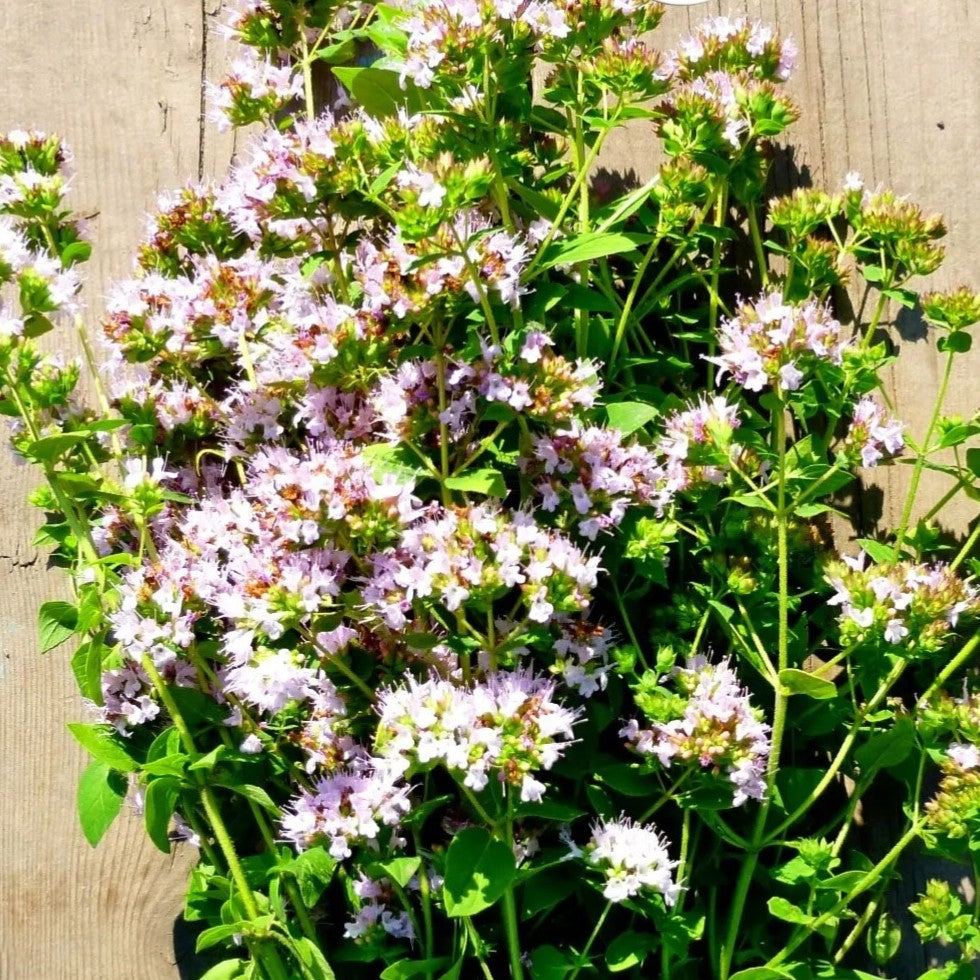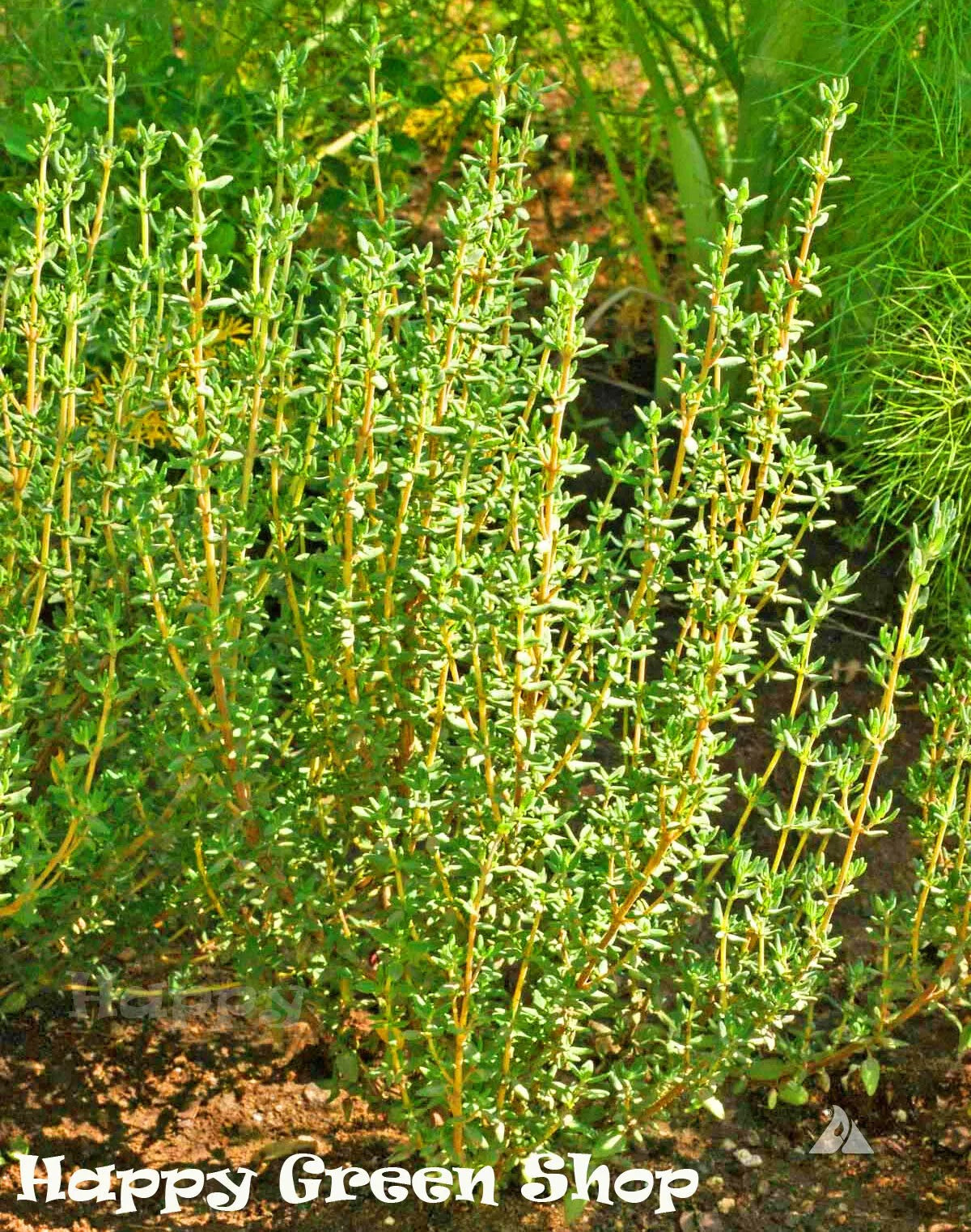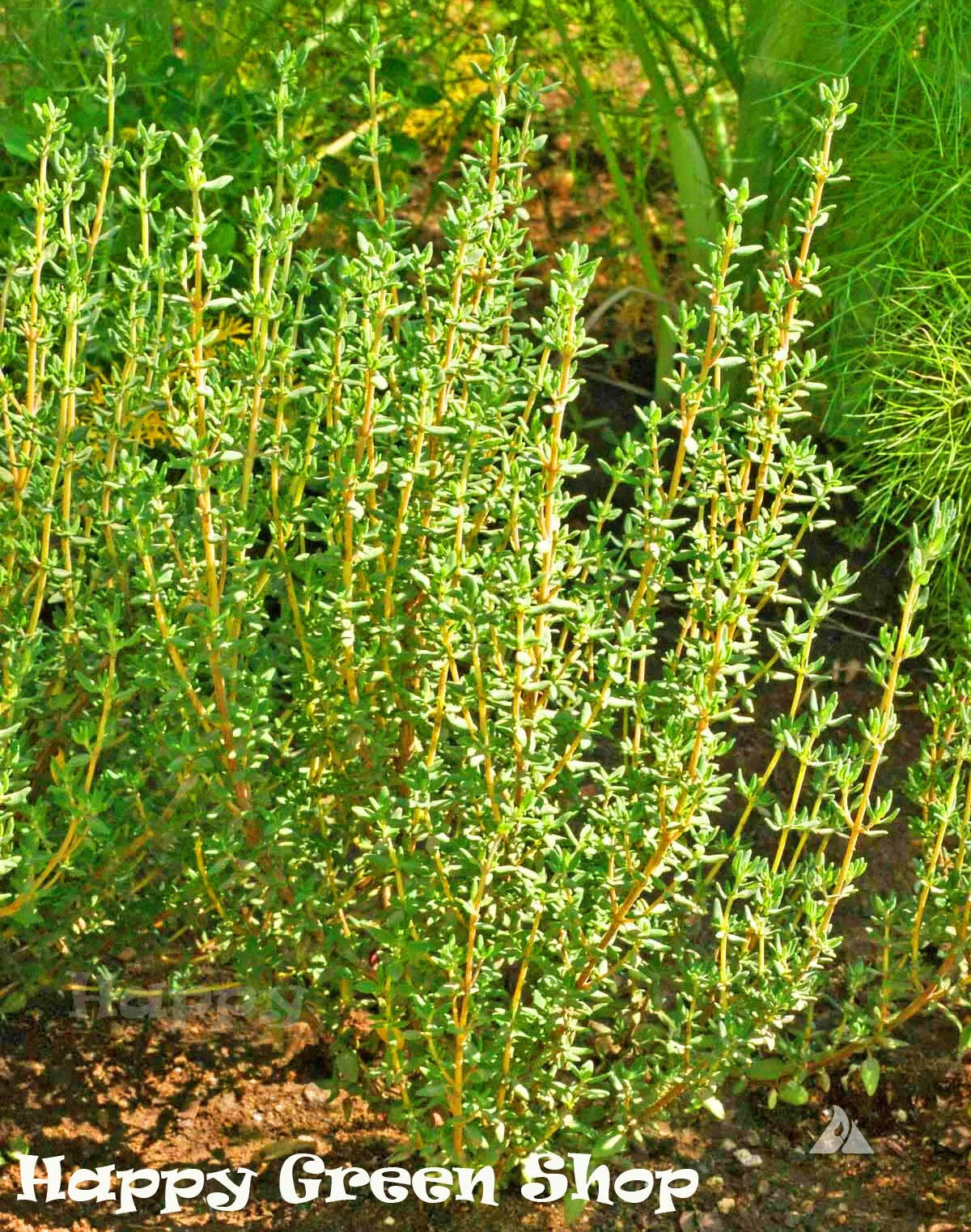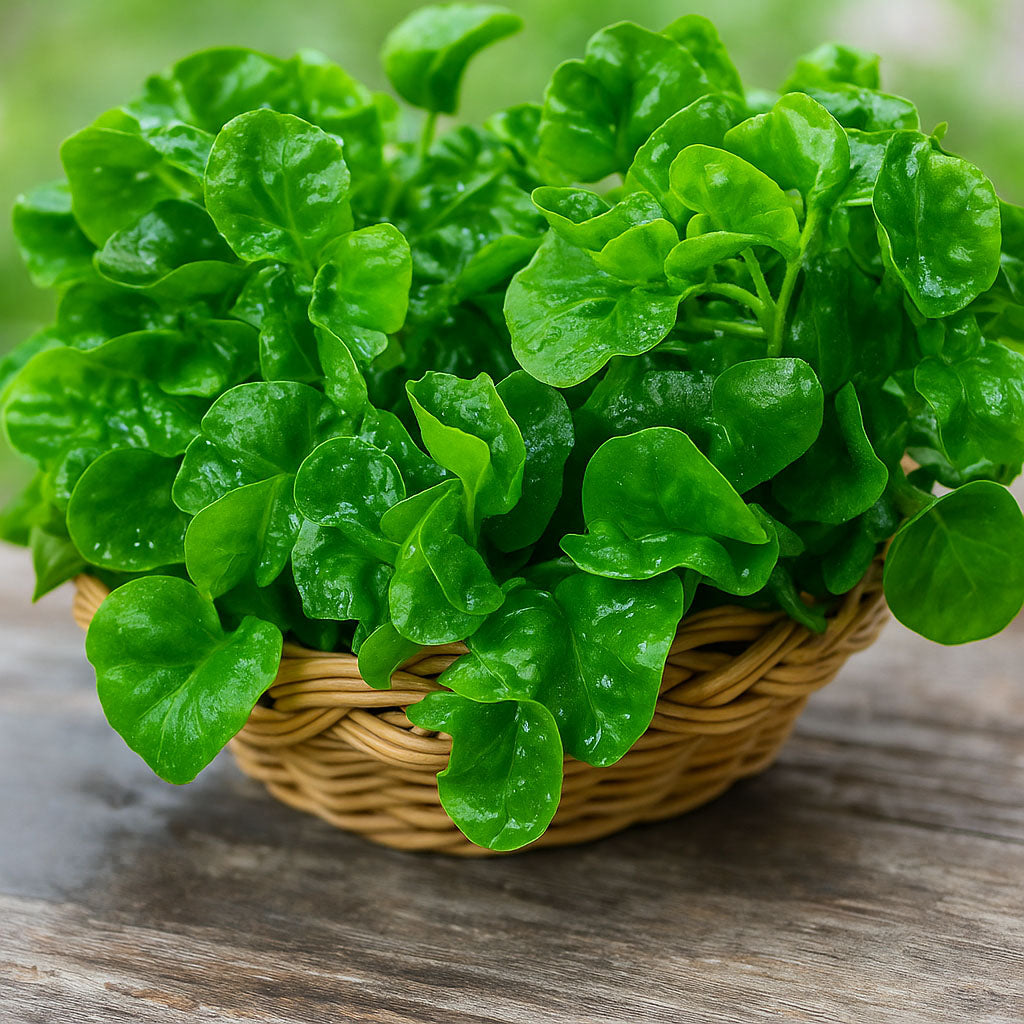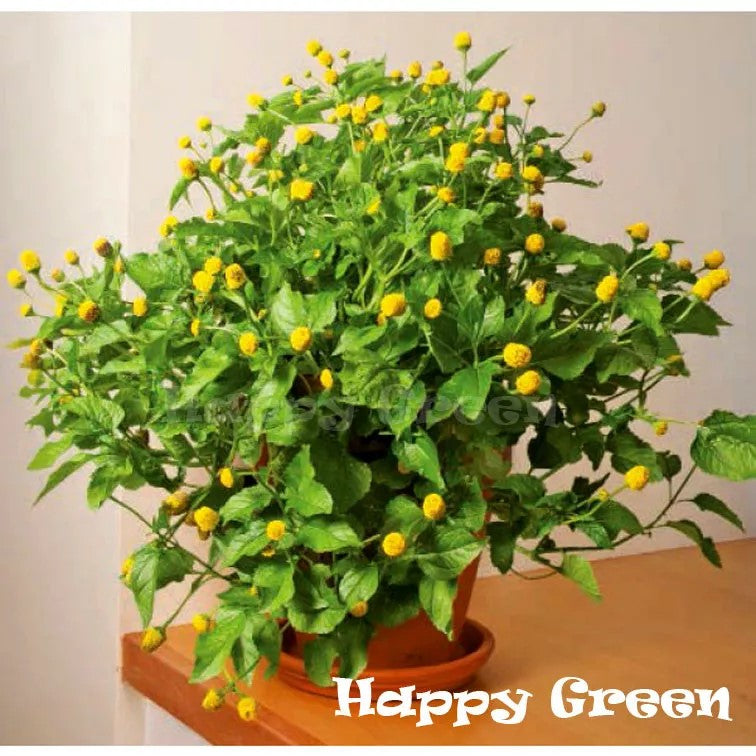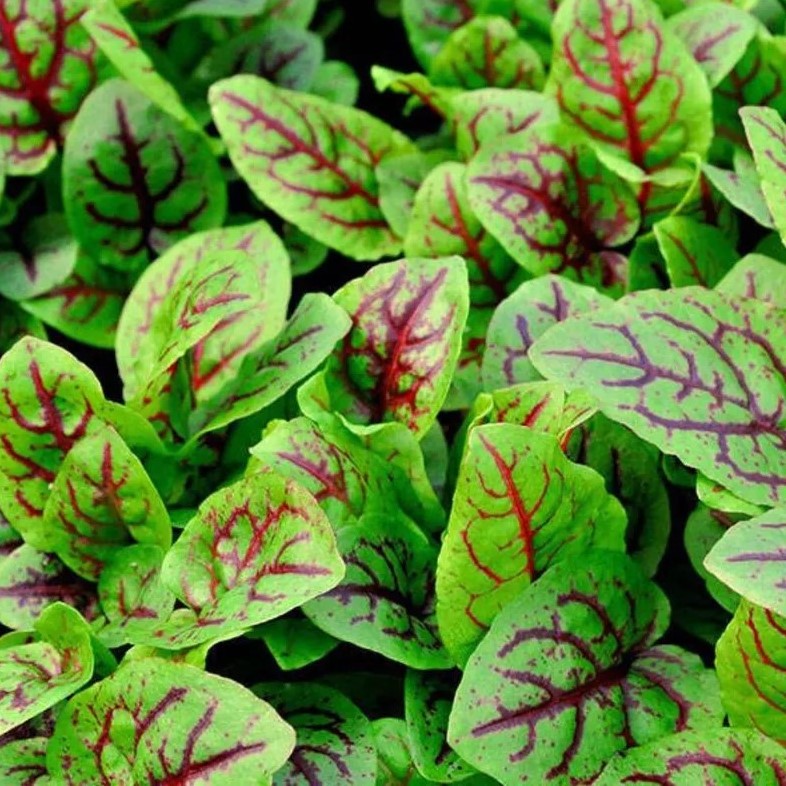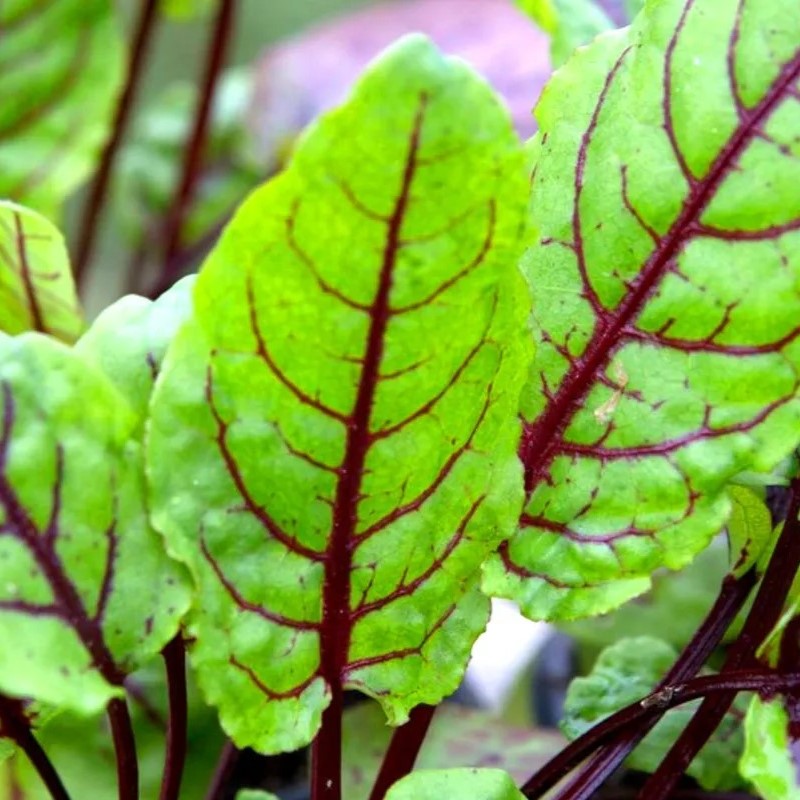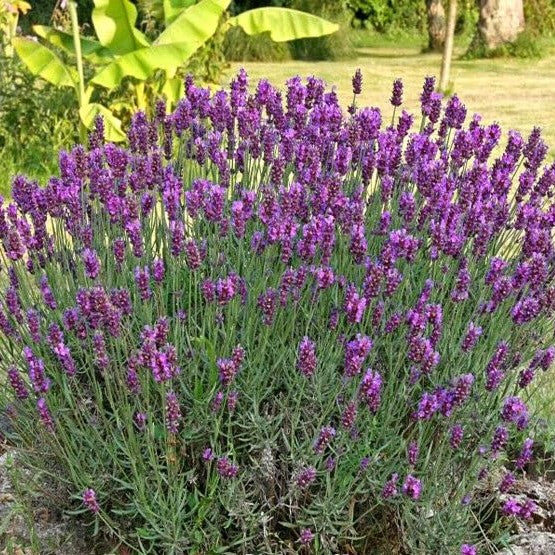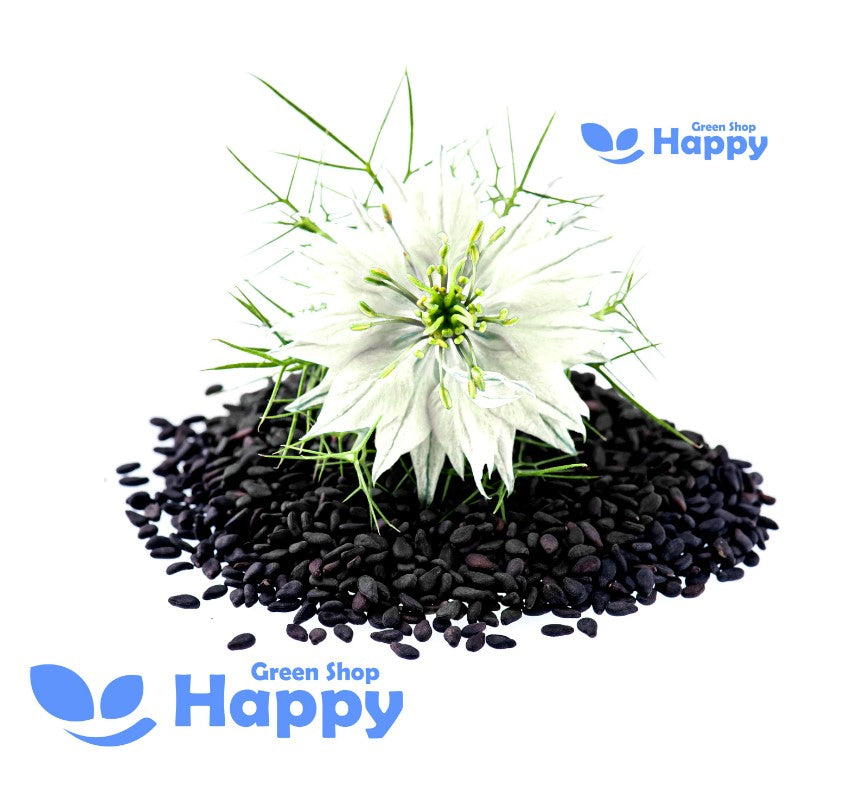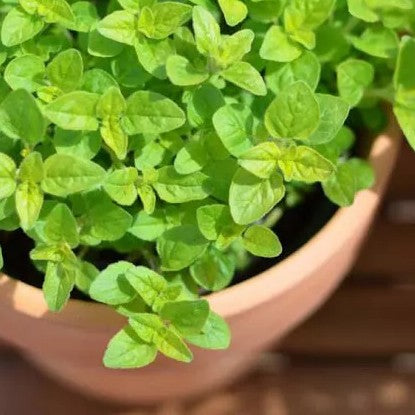Sort by:
45 products
45 products
Discover the uniqueness
Experience the delightful flavor and health benefits of Herbal Blends.
Winter English Thyme – Seeds
(Thymus vulgaris)
Winter English Thyme is a hardy, aromatic perennial herb prized for its culinary and medicinal uses. Its evergreen foliage adds fragrance to the garden, while tiny, delicate flowers attract pollinators. Ideal for herb gardens, rockeries, or container planting, this versatile thyme provides year-round flavor and garden interest.
Why Grow Winter English Thyme?
-
Aromatic evergreen foliage for culinary and medicinal use
-
Hardy perennial suitable for year-round growth
-
Attracts bees and pollinators
-
Versatile for herb gardens, rockeries, and containers
Key Features
-
Type: Perennial herb
-
Height: 15–30 cm
-
Flowers: Summer, small pink or purple blooms
-
Position: Full sun
-
Soil: Well-drained, moderately fertile
Ideal For
-
Herb gardens and culinary use
-
Rockeries and container planting
-
Pollinator-friendly gardens
-
Evergreen groundcover and edging
Sowing & Growing
-
Sow indoors: February–April in seed trays
-
Sow outdoors: April–May directly in prepared soil
-
Germination: 14–21 days at 18–20°C
-
Spacing: 20–30 cm between plants
-
Care: Low maintenance; trim regularly to maintain shape and encourage new growth
Watercress – Seeds (Nasturtium officinale)
Watercress is a fast-growing, nutrient-packed leafy green with a peppery, fresh flavor. Perfect for salads, sandwiches, soups, and garnishes, it thrives in moist soil or near water and adds a vibrant, tangy taste to your dishes. Easy to grow, it’s an ideal addition to kitchen gardens, herb beds, or containers.
How to Grow
-
Sow seeds in shallow trays or directly in moist soil from March to July.
-
Keep seeds lightly covered and consistently damp.
-
Prefers partial shade and consistently moist or wet conditions.
-
Transplant or thin seedlings to allow 10–15 cm spacing.
-
Harvest leaves when young for the best flavor.
Key Features
-
Fast-growing, nutrient-rich leafy green
-
Fresh, peppery flavor perfect for salads and garnishes
-
Thrives in moist soil or water-adjacent beds
-
Ideal for continuous cut-and-come-again harvesting
-
Easy to grow in containers, garden beds, or water troughs
Ideal For
-
Fresh salads, sandwiches, soups, and garnishes
-
Kitchen gardens, herb beds, and small spaces
-
Health-conscious and culinary gardeners
Sowing & Harvest
-
Sow: March to July
-
Depth: Lightly covered
-
Spacing: 10–15 cm
-
Harvest: April to October
Quick Tip
-
Keep soil or growing medium consistently wet to maintain crisp, flavorful leaves.
Toothache Plant – Seeds (Spilanthes oleracea)
The Toothache Plant (Spilanthes oleracea) is an unusual and fascinating herb, known for its small, bright red flowers and unique tingling effect when chewed. Traditionally used for its medicinal properties, it adds interest to herb gardens, containers, and edible landscaping. Easy to grow and fast-maturing, it’s a conversation-starting plant that also attracts pollinators.
Why Grow "Toothache Plant"
-
Bright red, cone-shaped flowers
-
Unique tingling sensation when chewed
-
Traditional medicinal and culinary uses
-
Attracts bees and other pollinators
Key Features
-
Type: Annual herb (Spilanthes oleracea)
-
Height: 30–60 cm
-
Flowering: Summer
-
Position: Full sun, well-drained soil
-
Uses: Herb gardens, containers, edible landscaping, pollinator-friendly plantings
Ideal For
-
Herb and medicinal gardens
-
Container and patio planting
-
Pollinator-friendly gardens
-
Educational or conversation-starting gardens
Sowing & Growing
-
Sow indoors: February–April in seed trays
-
Sow outdoors: April–May after frost
-
Germination: 10–20 days at 18–22°C
-
Transplant seedlings 25–30 cm apart
-
Prefers full sun and moderately fertile soil
-
Keep soil moist for best growth
Sorrel 'Bloody Dock' – Seeds (Rumex sanguineus)
Sorrel 'Bloody Dock' is a striking perennial herb known for its vibrant red-veined leaves and tangy, lemony flavor. Perfect for salads, soups, sauces, and garnishes, it adds both visual appeal and a refreshing zest to culinary creations.
Easy to grow and hardy, this variety thrives in garden beds, borders, or containers, providing both ornamental beauty and flavorful leaves throughout the growing season.
How to Grow
-
Sow outdoors: March – June
-
Plant spacing: 20–25 cm between plants
-
Position: Full sun to partial shade
-
Soil: Moist, fertile, well-drained soil
-
Care: Water regularly; remove older leaves to encourage new growth
Key Features
-
Perennial herb with striking red-veined leaves
-
Tangy, lemony flavor perfect for salads, soups, and sauces
-
Hardy and easy to grow
-
Suitable for garden beds, borders, or containers
-
Adds both ornamental and culinary value
Harvest
-
Harvesting period: 50–70 days after sowing
-
Pick young leaves regularly for the best flavor and tender texture.
Short Tip
Harvest leaves from the outer edges to encourage continuous growth and maintain vibrant color.
Pink Lavender – Seeds
(Lavandula latifolia)
Pink Lavender is a beautiful perennial herb with aromatic foliage and soft pink-purple flower spikes that attract bees and butterflies. Its compact, upright growth makes it perfect for borders, rockeries, and containers. Drought-tolerant and low-maintenance, it adds fragrance and color to any garden while providing culinary and ornamental uses.
Why Grow Pink Lavender?
-
Soft pink-purple flower spikes with aromatic foliage
-
Attracts pollinators, especially bees and butterflies
-
Compact, upright perennial
-
Drought-tolerant and low-maintenance
Key Features
-
Type: Perennial
-
Height: 40–60 cm
-
Flowers: Summer
-
Position: Full sun
-
Soil: Well-drained, sandy or moderately fertile
Ideal For
-
Borders, rockeries, and container planting
-
Pollinator-friendly gardens
-
Fragrant garden displays and herbal uses
-
Low-maintenance ornamental planting
Sowing & Growing
-
Sow indoors: February–April in seed trays
-
Sow outdoors: April–May in prepared soil
-
Germination: 14–28 days at 18–22°C
-
Spacing: 30–40 cm apart
-
Care: Moderate watering; prune after flowering to maintain shape
Mosquito Repellent Mix of Seeds – 1g
Description:
Keep pesky mosquitoes at bay while adding beauty to your garden with our Mosquito Repellent Mix. This carefully selected seed blend grows into a variety of aromatic plants known to naturally deter mosquitoes, including basil, marigold, citronella, and other fragrant herbs and flowers. Ideal for container gardens, patios, or flower beds, it’s an easy, eco-friendly way to enjoy your outdoor spaces without insects.
Key Features
-
Mix of aromatic, mosquito-repelling plants
-
1g of high-quality seeds
-
Easy to grow from seed
-
Attractive foliage and flowers
-
Eco-friendly, natural insect deterrent
Ideal For
-
Container gardens and window boxes
-
Patios, balconies, and outdoor seating areas
-
Garden borders and mixed beds
-
Eco-conscious, insect-free outdoor spaces
Sowing & Growing
-
Sow Indoors: February–April
-
Sow Outdoors: After last frost, May–June
-
Germination: 7–14 days at 18–25°C
-
Plant Spacing: 15–30 cm apart depending on species
-
Light: Full sun to partial shade
-
Soil: Well-drained, fertile
Care Tips
-
Water regularly until established
-
Trim lightly to encourage bushy growth
-
Harvest herbs for culinary use where applicable
-
Enjoy naturally mosquito-free zones without chemicals
Nigella sativa ‘Black Cumin’ White – Seeds (Nigella sativa)
Nigella sativa ‘Black Cumin’ (Nigella sativa) is a graceful annual valued both as a culinary spice and an ornamental flower. It produces delicate white, star-shaped blooms that float above feathery foliage, followed by decorative seed pods. Known for its aromatic black seeds, often called black cumin, it has been used for centuries in cooking and traditional remedies. Easy to grow and low-maintenance, this dual-purpose plant brings both beauty and practicality to the garden.
Why Grow "Black Cumin" White
-
Delicate white blooms with airy foliage
-
Produces edible black cumin seeds with culinary uses
-
Attractive seed pods for dried arrangements
-
Easy to grow and self-seeding annual
Key Features
-
Type: Annual (Nigella sativa)
-
Height: 20–40 cm
-
Flowering: Summer
-
Position: Full sun
-
Uses: Culinary seeds, borders, containers, dried flowers
Ideal For
-
Herb and kitchen gardens
-
Dual-purpose planting – ornamental and edible
-
Borders and cottage-style displays
-
Cutting and drying seed pods for decoration
Sowing & Growing
-
Sow outdoors: March–May or September for earlier blooms
-
Germination: 10–20 days
-
Thin seedlings: 15–20 cm apart
-
Prefers well-drained soil in full sun
-
Self-seeds freely for naturalized planting
Sweet Marjoram – Seeds (Tender Perennial Aromatic)
Sweet Marjoram is a fragrant, tender perennial herb prized for its delicate, sweet flavor. Perfect for seasoning soups, sauces, salads, and roasted dishes, it adds a subtle aromatic touch to your culinary creations. Compact and easy to grow, Sweet Marjoram is ideal for garden beds, containers, and herb gardens.
How to Grow
-
Sow seeds indoors from February to April, lightly covering with soil.
-
Maintain 18–22°C until germination.
-
Transplant seedlings outdoors after the last frost in a sunny, sheltered spot.
-
Prefers well-drained soil and regular watering.
-
Trim regularly to encourage bushy growth and prevent flowering.
Key Features
-
Tender perennial aromatic herb
-
Sweet, delicate flavor for culinary use
-
Compact, bushy growth habit
-
Ideal for garden beds, containers, and herb gardens
-
Perfect for fresh use or drying
Ideal For
-
Flavoring soups, sauces, and roasted dishes
-
Gardeners seeking aromatic, easy-to-grow herbs
-
Kitchen herb collections and container gardening
Sowing & Harvest
-
Sow: February to April
-
Depth: Lightly covered
-
Harvest: May to October
Quick Tip
-
Regularly snip leaves to encourage fresh growth and prevent the plant from flowering too early.
Hyssop Seeds (Hyssopus officinalis)
Grow a timeless herb with Hyssop (Hyssopus officinalis), a fragrant perennial prized for its aromatic leaves and striking blue-purple flowers. Traditionally used in herbal teas, remedies, and as a seasoning, hyssop also attracts pollinators and adds beauty to borders, herb gardens, and containers. Hardy and versatile, it’s an essential plant for both culinary and medicinal use.
How to Grow
-
Sow seeds indoors in spring or directly outdoors after the last frost.
-
Use well-drained, light soil in a sunny location.
-
Sow seeds 0.5 cm deep and thin seedlings to 30–40 cm apart.
-
Keep soil lightly moist until germination (14–21 days).
-
Harvest leaves and flowers throughout summer for fresh or dried use.
Key Features
-
Aromatic herb with blue-purple blooms
-
Culinary, medicinal, and herbal tea uses
-
Attracts bees, butterflies, and pollinators
-
Hardy perennial, easy to grow
-
Adds beauty and fragrance to the garden
Ideal For
-
Herb gardens, borders, and containers
-
Herbal teas, remedies, and cooking
-
Attracting pollinators and beneficial insects
-
Gardeners seeking hardy, multipurpose plants
Sowing
-
Best time: Spring indoors or after frost outdoors
-
Depth: 0.5 cm
-
Spacing: 30–40 cm apart
-
Prefers full sun and well-drained soil
Quick Tip
-
Trim plants after flowering to encourage bushier growth and a second flush of blooms.
Showing 9/45


